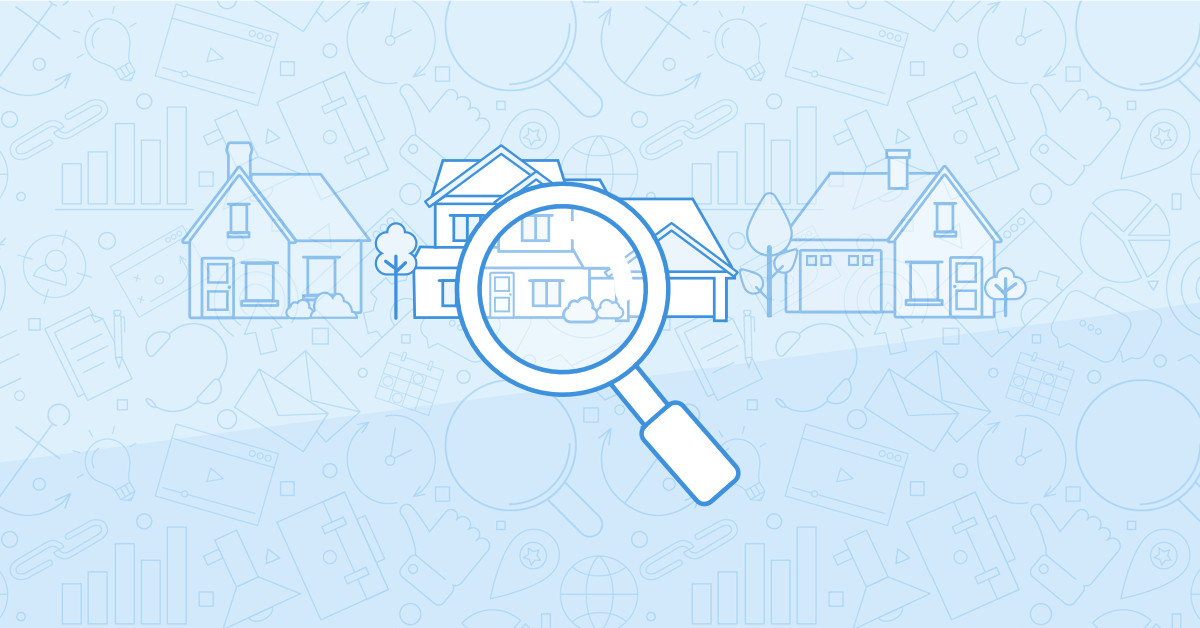You are viewing our site as an Agent, Switch Your View:
Agent | Broker Reset Filters to Default Back to ListWhat Does a Cooling Housing Market Feel Like?
May 15 2022
 It's the start of the traditionally zany busy season, but some agents are asking: Is the housing market cooling?
It's the start of the traditionally zany busy season, but some agents are asking: Is the housing market cooling?
Real estate agents, housing economy experts, and consumers are still facing higher-than-normal demand, but there are indications that the housing market – red-hot since 2020 – may finally be tapering.
What does a cooling housing market feel like? What should you and your clients be on the lookout for when judging whether the price and demand of homes is leveling off?
Every local market is unique, but wherever you are, there are four indicators about whether your housing market is cooling or remaining ultra-competitive:
1. Reduced Prices for Local Home Listings
The first indication that your local housing market could be cooling is if you and your clients notice lower prices for local homes listings.
Low borrowing costs meant to cushion the effects of the COVID-19 pandemic rose housing prices by 35% in the past two years. Now, with the Federal Reserve raising interest rates to fight decades-high inflation, consumers in your market may be willing to pay less for homes, driving down the price.
Beyond simply lower home prices, look closely at whether a trend of reductions in price develops. If sellers are routinely marking down the price of homes already on the market, it's an indication that your market is cooling and becoming more buyer-friendly.
2. Fewer Mortgage Applications
Before buyers purchase a home, they have to apply for a mortgage. So, one indicator about the housing market's competitiveness comes from the number of mortgage applications.
Overall, mortgage applications dropped 8.3% in the last week of April. This decline in mortgage applications may reflect a general softening in buyer demand homes. But a lower number of mortgage applications may also derive from a limited number of homes on the market.
Either way, keep an eye on the number of mortgage applications in your market. If mortgage applications are tumbling, the housing market may be tapering. If mortgage applications in your market maintain or even increase, your local market is likely still red-hot.
3. More Homes on the Market
If there's one situation homebuyers and their agents are likely to have experienced in recent attempts to purchase a property, it's a paucity of homes on the market.
Indeed, home listings are at a record-low, and even with rising mortgage rates and sky-high home prices, a limited inventory of available properties has kept the real estate market competitive.
If you notice a wider available inventory of properties, the housing market may finally be cooling. More available homes would tamp down bidding wars and perhaps compel sellers to list their homes at lower prices.
Of course, there is typically an influx of listed properties in the spring and summer – so keep a close watch on how long those listings stay on the market, and whether the price they sell for is higher or lower than the initial ask.
4. Lighter Attendance at Home Tours and Showings
It's important to crunch numbers and monitor trends. But as an agent, one of the biggest advantages you possess is the ability to use your own eyes and ears to gauge the state of your local market.
In particular, you should keep a close eye on attendance at local home tours and showings. Maybe you are hosting these showings yourself, or maybe you're attending with a prospective buyer – either way, pay attention to how many people are there and the questions they ask.
Is turnout down significantly from where it was in February, or even last summer? Are people making aggressive, cash-heavy offers to purchase the home, or do they seem to be weighing multiple options? Use your own common sense to determine whether your market is cooling and what advice to give buyers and sellers this busy season.
To view the original article, visit the Homesnap blog.









